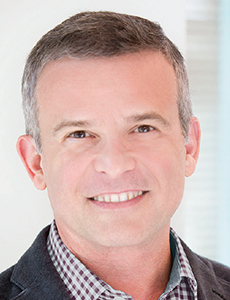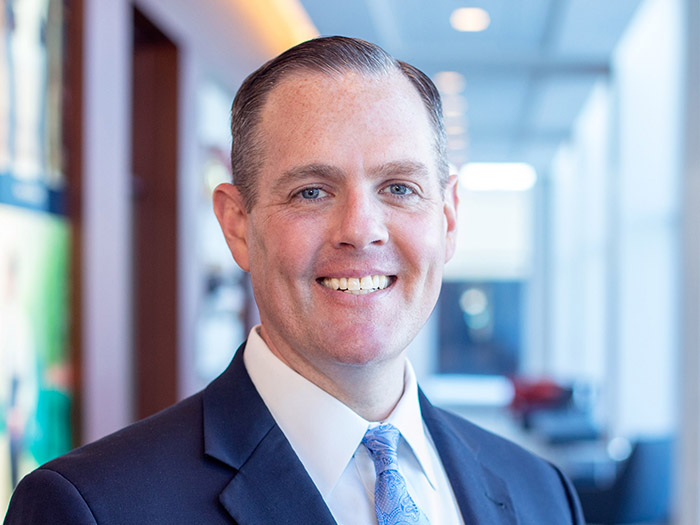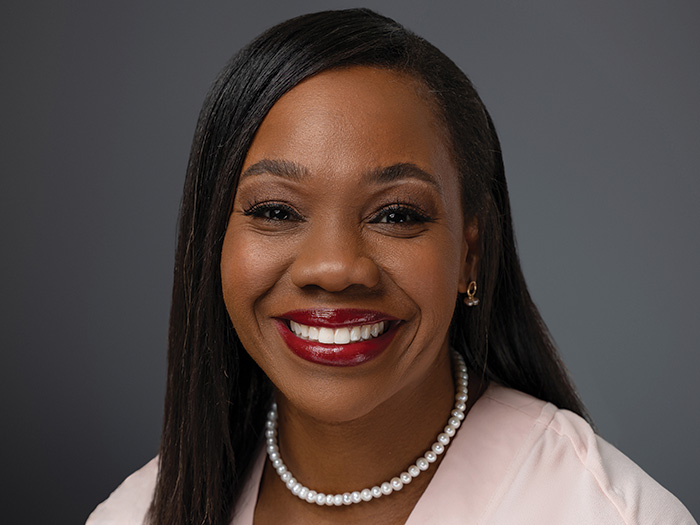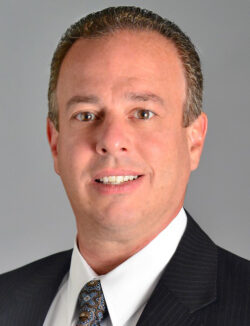3 Takeaways from Rising Medical’s 2021 Workers’ Compensation Benchmarking Study

Last month, Rising Medical Solutions released its ninth annual Workers’ Compensation Benchmarking Study.
The study seeks to analyze the different trends influencing claims management each year.
For the 2021 report, researchers posed discussion questions to a focus group made up of participants from workers’ comp insurance carriers, self-insured employers, third-party administrators and state funds to learn how high-performing organizations are tackling claims obstacles that previous reports have highlighted.
This is the third time the study has taken the focus group approach to their research. The first time was in 2015 and then again in 2018.

Rachel Fikes, chief experience officer, director of the Workers’ Compensation Benchmarking Study, Rising Medical Solutions
“The motivation to utilize focus group research is to increase the level of detail, candor and insight behind participants’ recommendations and experiences in order to generate data that would otherwise be inaccessible without the interaction of group participants,” said Rachel Fikes, chief experience officer and director of the Workers’ Compensation Benchmarking Study for Rising Medical Solutions.
“By identifying high priority industry challenges through our quantitative survey research and then digging deeper into both the nature of those challenges and strategies for overcoming them through our qualitative focus group research, we are able to build a body of research that is more comprehensive than doing one type of investigation alone.”
This year’s focus group focused on three key questions:
1) How is your organization managing return-to-work, litigation and psychosocial issues that arise in claims?
Prior Workers’ Compensation Benchmarking Studies have found that industry leaders and frontline claims professionals name lack of return-to-work options, litigation and psychosocial issues as the top three obstacles to strong claims outcomes.
Both claims leaders and frontline staff have named these issues as the top three obstacles to claims. In the 2016 survey, claims leaders ranked psychosocial issues and comorbidities as the number one obstacle to claims; a lack of return-to-work options came in second and litigation third.
When frontline claims professionals were surveyed in 2019, they named a lack of return-to-work options as their top obstacle, followed by litigation and then psychosocial issues and comorbidities.
For this year’s report, the research focus group was asked what their goals were for return-to-work and other claims outcomes. They also discussed any barriers to achieving these goals.
Many focus group participants said that their goals were for injured workers to return-to-work with the best possible outcomes. They want injured workers to feel any temporary or alternative duty assignments are meaningful and for them to actively engage in their recovery.
“We’re doing everything we can to keep work at the center of the recovery of an individual,” said Dr. Marcos Iglesias, vice president and chief medical director, Travelers.
“One of the ways I think we can do that, and that the study points to, is to change the way that we talked about returning to work. We need to start looking at a model that emphasizes abilities, as opposed to limitations or restrictions.”
If there are biopsychosocial factors influencing a claim, focus group participants said they wanted them to be recognized by all stakeholders in the claim.
2) How do claims organizations advance advocacy-based claims models?
After the 2019 survey identified that 72% of frontline claims professionals didn’t know what an advocacy-based claims model was, Rising Medical Solutions wanted to identify how organizations have been advancing these models within their companies.
“From this research, you can see how important it is to talk to people, to provide empathy and understanding and truly actively listen to them and hear how their claim is different from someone else’s,” said Melissa Burke, vice president at AmTrust Financial Services.
Focus group members identified employee-centered models as a goal for their firms, but they identified a number of barriers to achieving those models.
First, it can be challenging for claims organizations to transition from former, hostile claims practices. Some claims professionals mistrust advocacy-based claims models and their initial instinct may be to conduct an investigation by taking recorded statements from an injured worker to determine what parts of the injury are compensable, the report said. But questioning an injured worker right off the bat can set an adversarial tone for the rest of the claim.
“Always ask yourself, am I considering how the injured employee is seeing this particular claim?” Iglesias said. “When possible, don’t just send a letter or an email, try to talk to that individual. Try to explain to them your decision making.”
Other claims professionals may feel they don’t have time to make material connections with injured workers due to high caseloads, creating a disconnect between company culture and day-to-day claims practices. With the industry facing a massive talent shortage that has only worsened due to the Great Resignation, this is a real struggle for many organizations.
But taking the extra time to make these connections can go a long way toward preventing a claim from becoming litigious.
“You need to know how to take it to the next level, how to interact, communicate, advocate for injured employees, how to make them feel safe and know what to expect,” Burke said. “What information do they need to know so that they’re not in fear, not reaching out to get an attorney?”
Some strategies the report highlighted for ensuring injured worker advocacy is being used during the claims process include adopting new practices that are designed to center the employee’s experience. Including frontline claims professionals in the process of designing these new practices can help ensure that they’re practical and easy to implement.
3) How are social determinants of health being taken into consideration in workers’ comp?
Last year’s survey assessed social determinants of health and whether claims professionals are able to identify them within the context of a claim. Social determinants of health are the economic and social elements — like having access to transportation and safe housing — that can influence an injured worker’s recovery.
“What is their lifestyle? Where does that injured employee live? Do they have access to resources that they need to support them in getting back to work and getting back to their state prior to their injury?” Burke said.
In many cases, these factors interact with the psychosocial elements claims professionals have been tracking for several years now.
“Associated with those social determinants are also what we’ve been calling for many years now psychosocial barriers to recovery,” Iglesias said.
This year’s focus group examined these issues further by discussing how claims outcomes are improved when you consider what psychological and social factors may be influencing an injured workers’ recovery.
Though focus group participants stated a desire to have their organizations understand and address social determinants of health during the recovery process, a lack of awareness of these issues often prevents claims professionals from addressing these factors directly.
Leaders are actively working to ensure that social determinants of health are part of the workers’ comp lexicon. They’re also working with their data vendor partners to garner insights to chart trends that will help claims professionals identify these factors early in the recovery process and intervene if necessary. &
Fikes, Iglesias and other industry leaders will discuss the study results in depth this fall at National Comp 2022, Oct. 19-21 in Las Vegas.











